Driving back from my latest photo workshop in the Palouse, I was reflecting upon the nuance of light and how it is so crucial to setting the mood and even times the whole reason for a photograph.
As photographers, we often hear “we are photographing the light”, which is so true. We may evolve and learn to see the light as a separate “thing”, with unique qualities unto itself, that may flatter or detract from the main subject. Or, we recognize the light quality and choose compositions that are harmonious with the light….e.g. harsh light works better with some subjects/compositions than soft warm light. Light is essential to what we do as photographers and I myself have pushed myself very hard to be a student of light and be observant of its many qualities when I’m out shooting.
As you learn to “see” the qualities of light more and more, you start to notice the subtle nuance of light, the slight differences between color temperature, direction, or even behavior as it falls across the landscape. The fantastic thing about a trip to the Palouse is that the majority of images in this area are highly dependent upon light and shadows and the slight differences of the light as it hits the rolling hills can make a tremendous impact on the final image. I’ll go so far to say that light is the focal point of photography in the Palouse, one of the biggest factors of success in coming home with great photographs. During the workshop, I made a point to teach as much as I could about the nuance of light and being observant of how it falls across the landscape or other subjects we happened to be out photographing.
We spent time photographing in the soft light of morning, the harsher light of mid-day and the vibrant light of sunset. At each time of the day, the light is what we have to work with and choosing our compositions depended on the subtle nuance of light and how it interacted with our chosen scenes. We shot rolling wheat fields, old barns, small towns, rusted trucks and all manner of farming scenes. At each location, no matter the quality of light, we found something that was flattering to shoot in the available light. It doesn’t matter what the light is, there is ALWAYS something to photograph!
I won’t go in to a whole dissertation of the qualities and nuance of light, 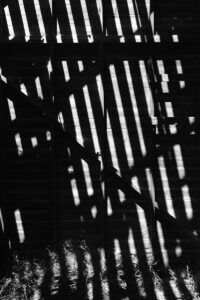 but I will give you a few examples of the range of light we experienced. At one extreme, we have strong light in the middle of the day and I used this to my advantage by finding a very graphical scene to photograph in monochrome. This was taken inside of a barn that had lost a lot of its roof and the overhead sun cast shadows across the interior walls and floor. I used the strong highlights and shadows to create a graphical image, which is less about the actual subject than it is about the light and what it is doing.
but I will give you a few examples of the range of light we experienced. At one extreme, we have strong light in the middle of the day and I used this to my advantage by finding a very graphical scene to photograph in monochrome. This was taken inside of a barn that had lost a lot of its roof and the overhead sun cast shadows across the interior walls and floor. I used the strong highlights and shadows to create a graphical image, which is less about the actual subject than it is about the light and what it is doing.
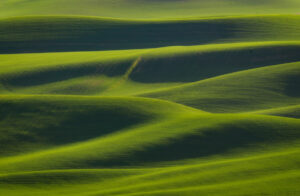 At the other extreme of light is this classic photograph of the rolling wheat fields. The sun is beginning to set and it is low in the sky, casting it’s light almost sideways across the landscape. From up on Steptoe Butte, we watch the shadows develop on the backsides of the hummocks and then find interesting patterns to photograph. Images like this are all about the highlighted ridge tops and the direction/shape they make combined with deep dark shadows as a contrast. This effect gives lots of depth and dimensionality to the image.
At the other extreme of light is this classic photograph of the rolling wheat fields. The sun is beginning to set and it is low in the sky, casting it’s light almost sideways across the landscape. From up on Steptoe Butte, we watch the shadows develop on the backsides of the hummocks and then find interesting patterns to photograph. Images like this are all about the highlighted ridge tops and the direction/shape they make combined with deep dark shadows as a contrast. This effect gives lots of depth and dimensionality to the image.
Those are the extremes where it’s pretty obvious what is going on with the light and perhaps how you can use it in a photograph. As for the nuance of light, sometimes it is far less obvious and one must pay close attention to “see” what is going on and how a photograph could develop from it. One night near sunset we were standing in a dirt road amongst the wheat fields photographing the pre-sunset low angle light as it bathed the hills around us. I happened to be looking at a hillside that was half in sunlight and half in shade. I snapped an image of it (not saying it’s a great image, but I thought would make a good teaching image)
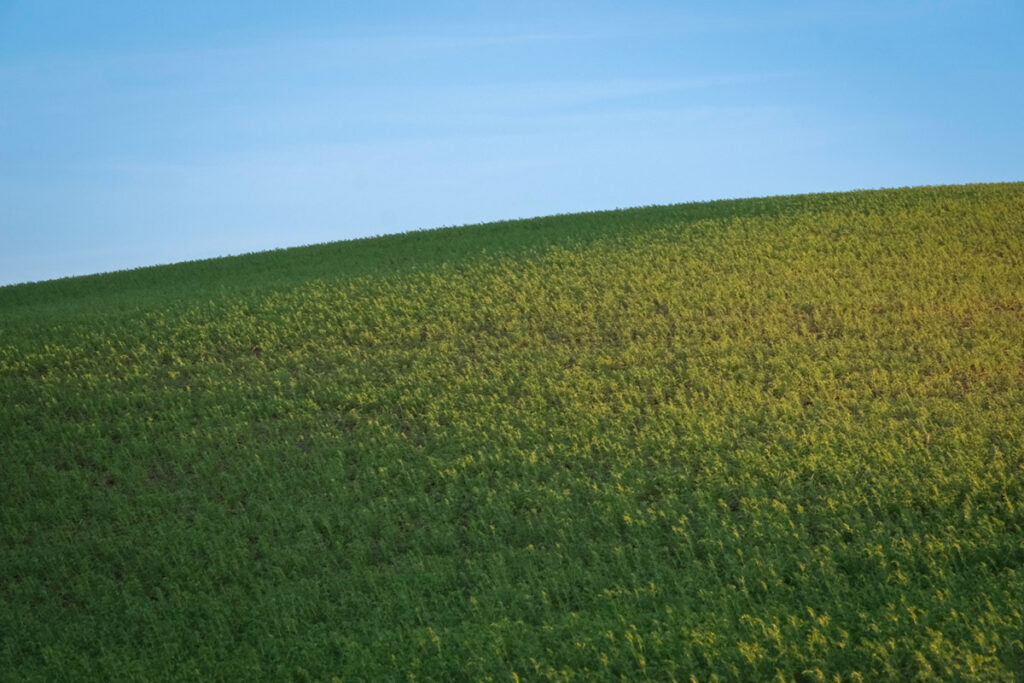
A shot like this is about the shape of the hill and how it moves across the frame, the blue sky and most importantly the light falling on the hill. When I studied the scene a bit closer, I noticed a very unique fact about the light which is what led me to reflect on the nuance of light. Can you notice the S-Curve that is happening with the sunlight in the scene? We as photographers know about s-curves and how they are pleasing to have in our photographs. Most often, we use rivers and streams or roads to give a very graphical s-curve. But in this shot, I discovered a very subtle s-curve.
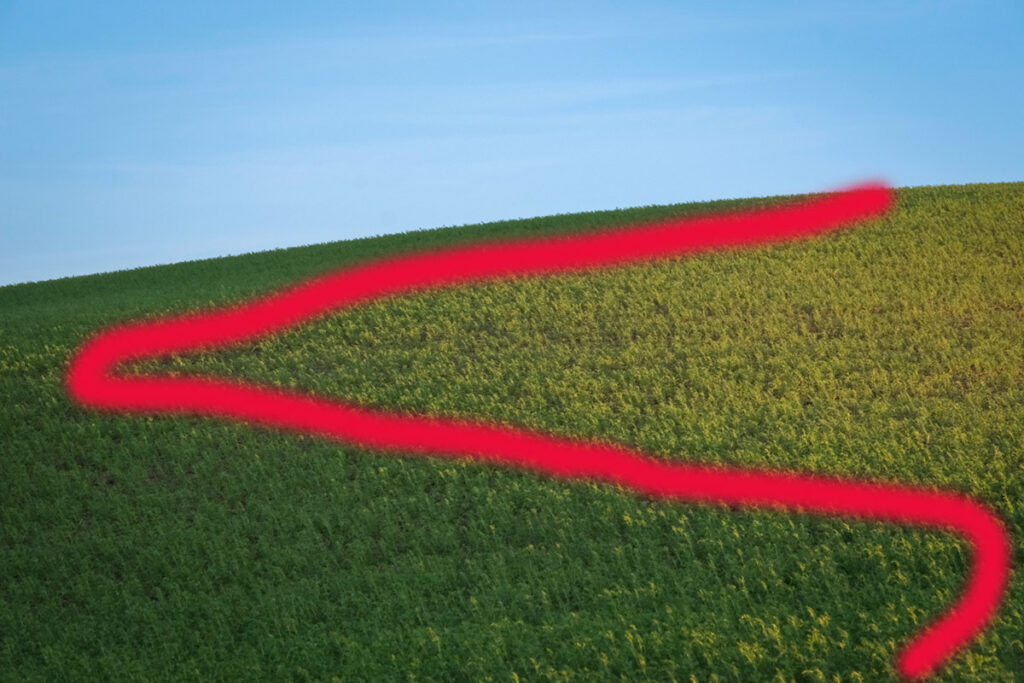
Adding a visual element, a subtle one for sure, to a very simplistic image adds additional visual interest and appeal to the shot. It may not be consciously recognized by a viewer, but subconsciously we will recognize the shape and it will have a positive influence on the overall effect of the image. Once I saw it, of course I couldn’t un-see it. In fact, I brought over a couple of folks to look at this as a great teaching opportunity about the nuance of light. I quickly explained what I saw and discussed why this was so appealing. In the 5 minutes I was there talking to folks about this, the angle of the sun changed and I soon lost this visual effect. Such is the fleeting nature of light!
As we progress as photographers and artists, we tend to grow our skills, vision and creativity. For me, part of that growth is recognizing the nuance of light; going beyond the obvious and really working to recognize subtle differences in quality, direction and even how it could benefit a composition. As I said above, the Palouse is all about light and shadows and it is the perfect place to explore light and capturing it to create beautiful images.

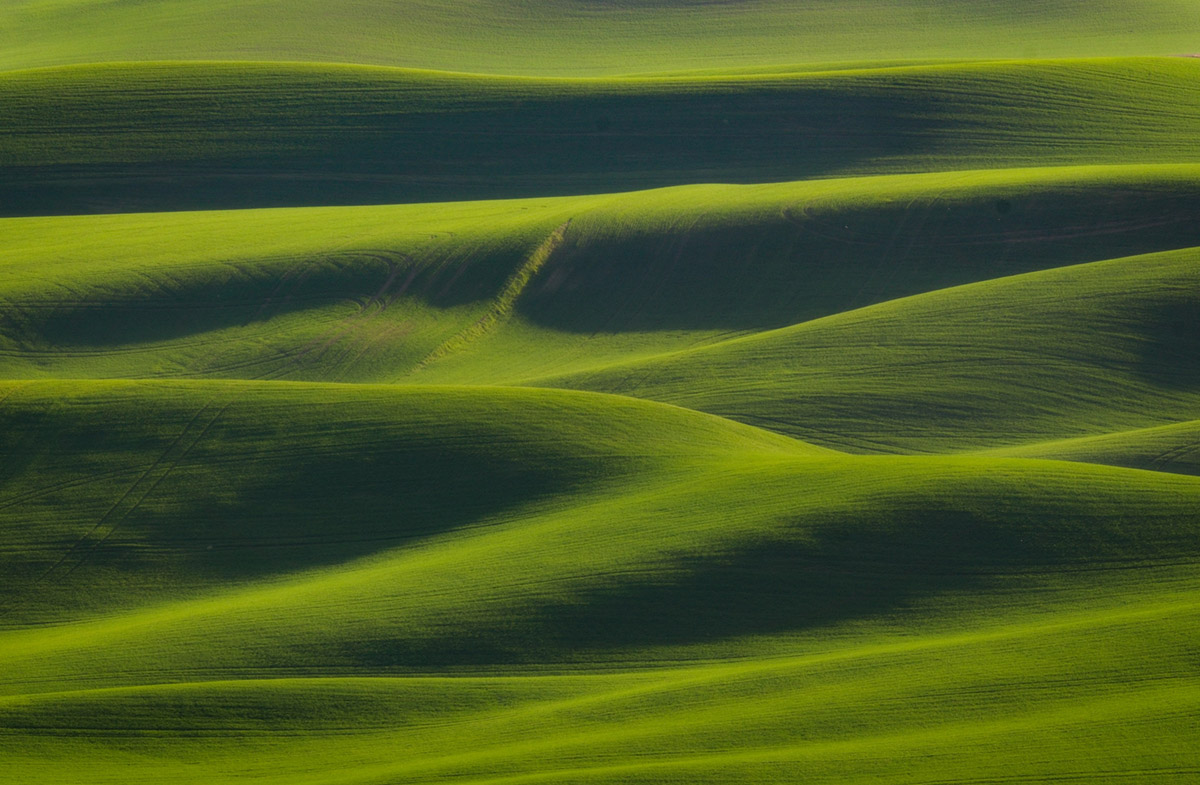
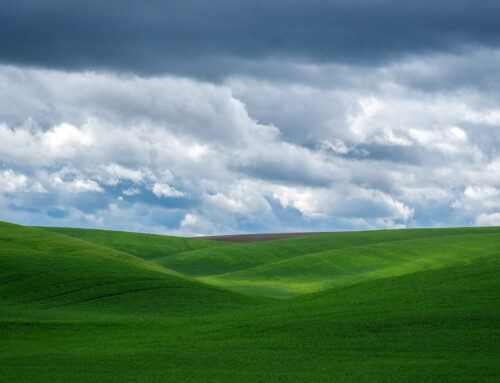
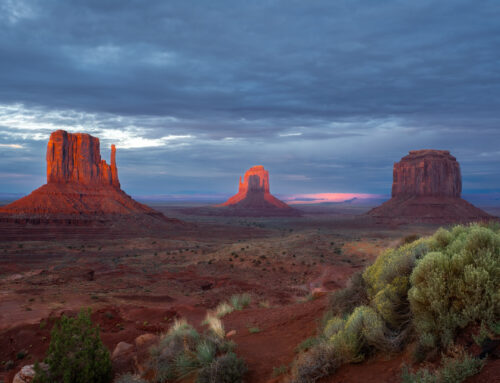
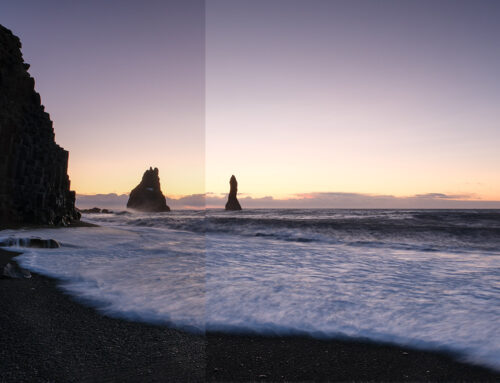
Leave A Comment